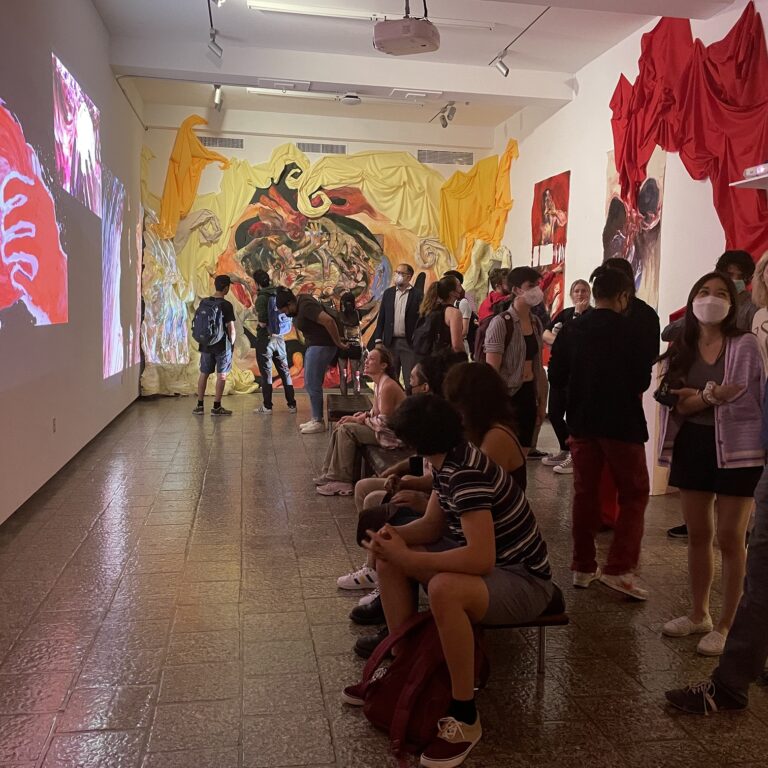
The Los Angeles Art Scene
New York City used to be the art and design capital of the U.S. Today, Los Angeles is vying for that position. An exponential growth of the L.A. arts scene in the past decade has seen NYC mega-galleries and art fairs setting up shop here, and the contemporary art museums are thriving. What sets L.A.’s scene apart is the artist-run apartment galleries and storefront outposts—priced out in NYC—and the space that this city allows for serious fun.
L.A.’s Gallery Neighborhoods
The Los Angeles gallery route is also an L.A. tour and a real-estate road rally—dealers are constantly trying to outrun the city’s rising rents. These are just a few of the ever-evolving gallery clusters.
The Arts District: This once-industrial Downtown area wasn’t always an art-crowd draw, but over nearly a decade, it’s taken center stage with a reputation for exposing emerging artists, designers and design firms, as well as showcasing work by art stars. Venues you’ll want to hit include the museumesque Hauser & Wirth, where you can also grab lunch and check out the chicken run.
Culver City Arts District: In this compact corridor, galleries sit shoulder-to-shoulder along with artist studios and design practices. Blum & Poe first opened here in 2003, and others followed. The district’s Art in Public Places program has populated the streetscape with dozens of works.
Chinatown: Find Chung King Road and, in the lantern-festooned alley’s small storefronts, you can take in nonprofit and artist-run galleries, including several dedicated to social practice and politically resonant work, along with some art-meets-literary spaces.
WeHo Design District: Marked by outdoor murals, the West Hollywood Design District is roughly bordered by Melrose Avenue and Robertson and Beverly Boulevards. The blue-chip Regen Projects gallery represents Matthew Barney, Catherine Opie and Marilyn Minter. At the eye-popping Pacific Design Center, you can walk 1.6 million square feet of interior treasures and view exhibitions at designLAb.
Museums
Los Angeles’s art museums are world-class and rival those in New York, Chicago and D.C. Several of the buildings they’re housed in are exciting works of architecture in themselves. Here are a few of the city’s most significant.
LACMA
The Los Angeles County Museum of Art’s collection includes more than 140,000 works from around the world stretching back 6,000 years. Full of history but never stale, the exhibitions are experimental in spirit and as inclusive as the city itself.

MOCA
The Museum of Contemporary Art occupies two Downtown buildings, the main on Grand Avenue and a nearby Little Tokyo annex in a Frank Gehry-renovated old police-car warehouse. MOCA’s extensive permanent collection focuses on 20th- and 21st–century work.
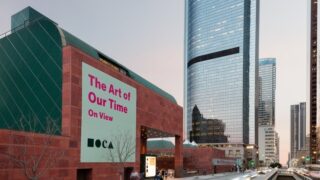
Getty Center
A stunning collection of Medieval through contemporary art and breathtaking views over downtown L.A. can only be outdone by the Getty’s 134,000-square-foot living art work: Robert Irwin’s gardens. Admission is free.
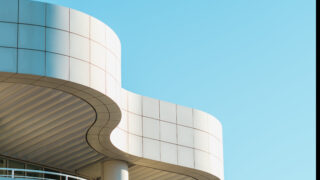
The Broad
This Downtown museum founded by collectors Eli and Edythe Broad and housed in a Diller Scofidio + Renfro building has a 2,000-piece collection representing influential artists from the 1950s to the present—including a well trafficked Yayoi Kusama Infinity Room. Admission is free.
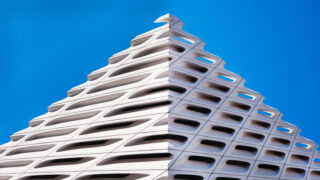
Hammer Museum
Once a shed for a petroleum magnate’s Old Masters, an overhaul turned the Hammer into a contemporary museum whose Made in L.A. show is a much-anticipated biennial. The übermodern Westwood Village complex’s collection includes a wealth of works on paper, plus painting, sculpture and media arts. Admission is free.

L.A. Art Fairs
Studying in the Heart of It
Nicolette Peji is a BFA Design student in her senior year. Her experience of studying at the heart of the L.A. arts scene has been pivotal to her education at Roski.
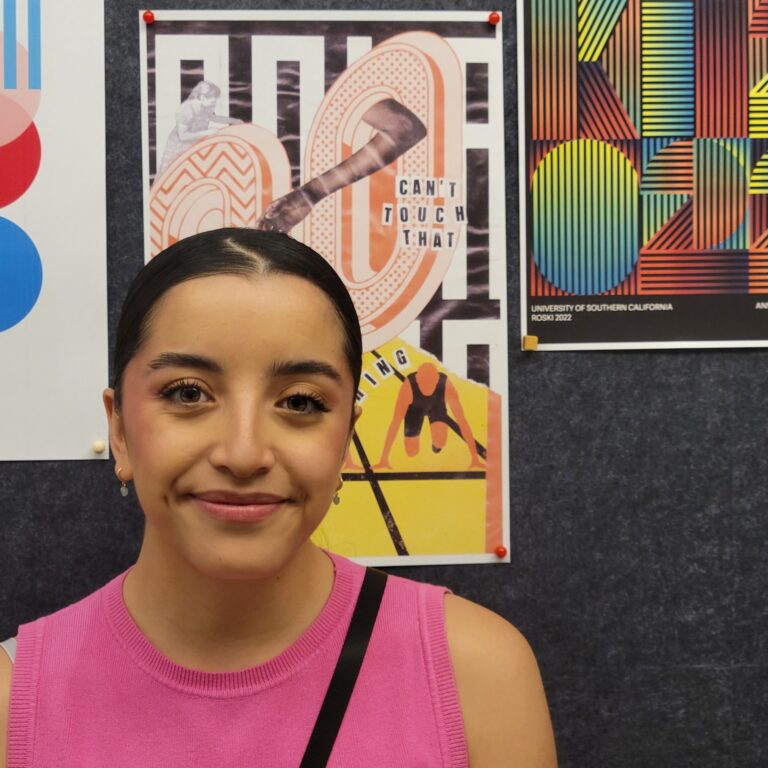
“Roski being in the middle of the Los Angeles art scene has a lot of impact in the way that we learn about art. A lot of the impactful work that we learn about is happening in L.A., and that has really helped ground our art education.”
